Increased Precision
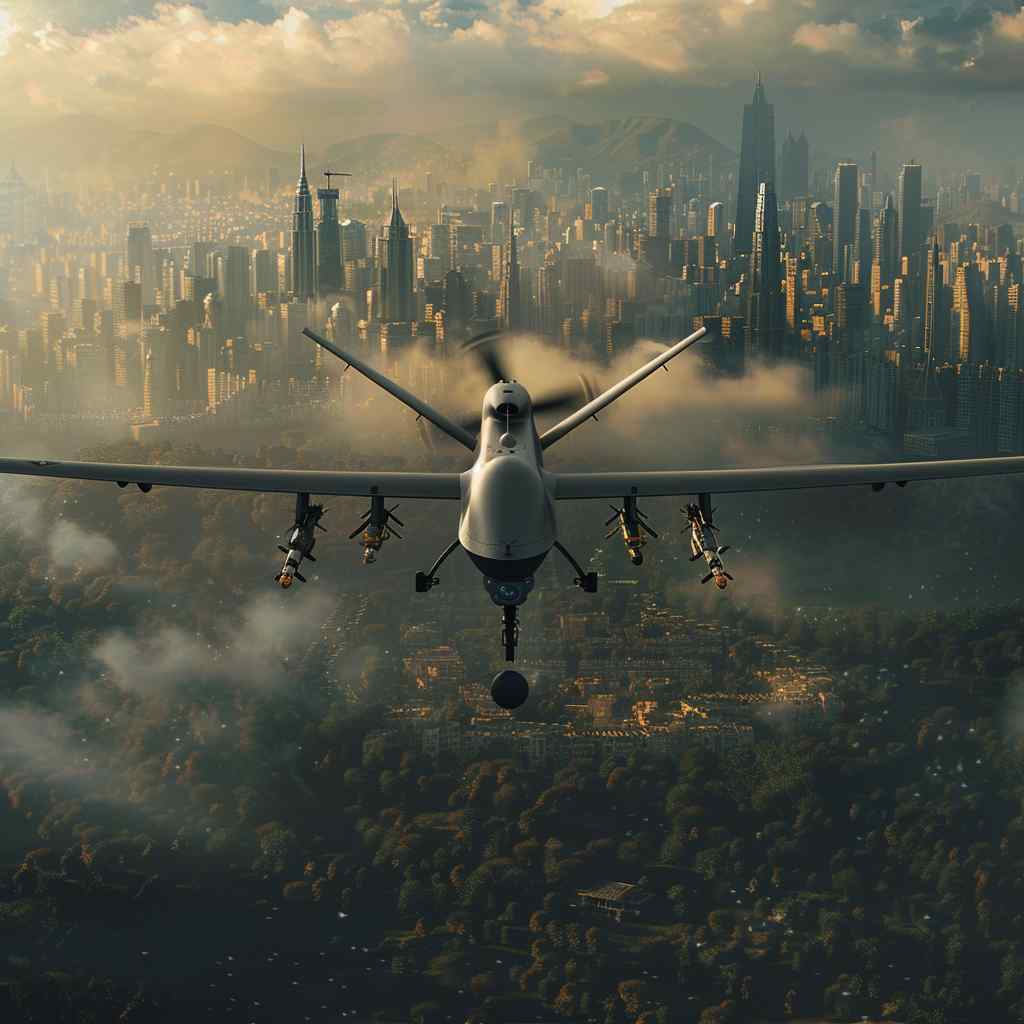
Autonomous vehicles are transforming fighting by dramatically improving battlefield precision. With enhanced sensors and AI algorithms, these vehicles can pinpoint targets with remarkable accuracy, reducing collateral damage and increasing mission success rates.
They outperform human capabilities in responding to threats quickly and precisely by self-adjusting to dynamic battlefield conditions in real time. This precision not only enhances the effectiveness of military operations, but also lowers the risk to deployed soldiers, making autonomous vehicles important assets in modern conflict scenarios.
Enhanced Situational Awareness
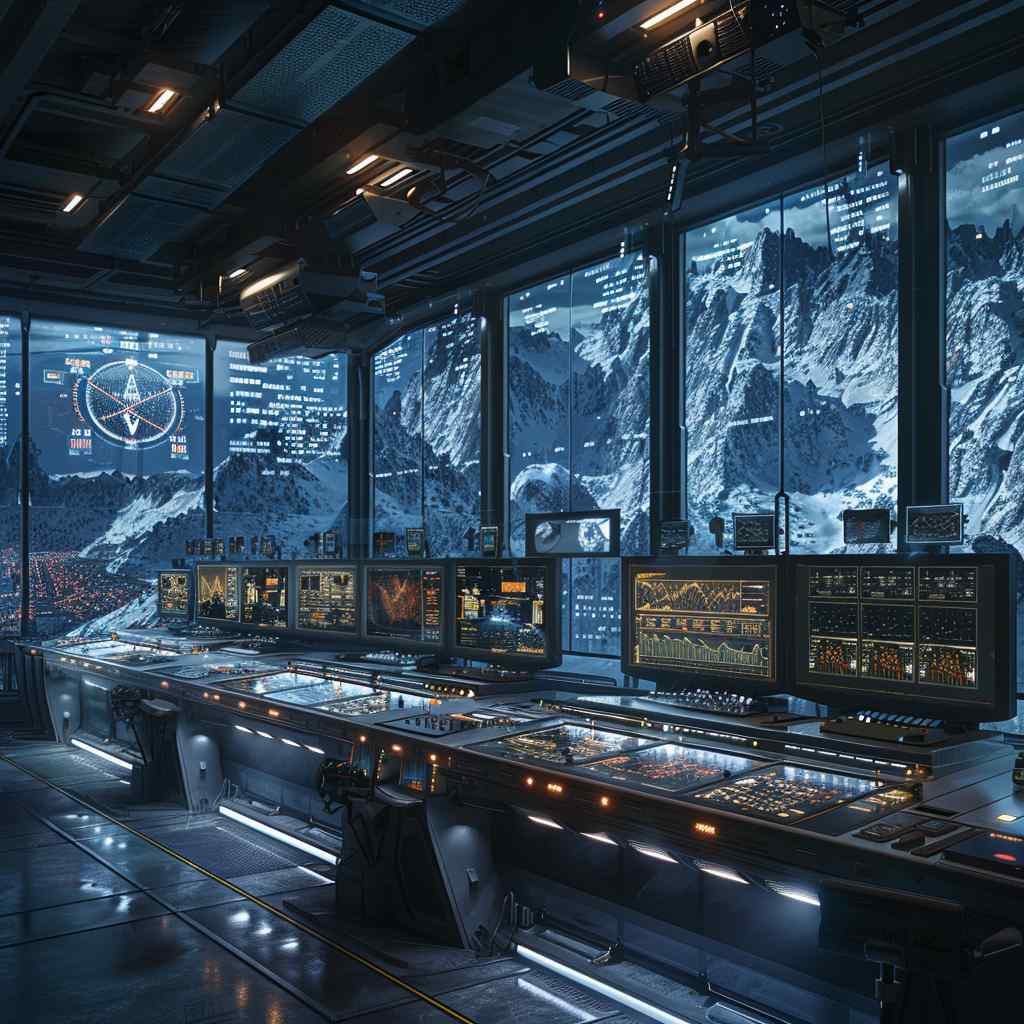
The increased situational awareness capabilities of autonomous vehicles are changing the dynamics of the battlefield. By utilizing a system of interconnected sensors, cameras, and real-time data processing, these vehicles are able to deliver precise and thorough intelligence to the battlefield.
Quick and effective decision-making is made possible by their autonomous analysis of terrain, adversary positions, and friendly forces. Both operational planning and response times to new threats are improved by this heightened awareness, which strengthens the mission as a whole.
Reduced Risk to Human Life

One of the most profound impacts of autonomous vehicles in combat is their ability to significantly reduce risks to human life. By taking on dangerous tasks traditionally performed by soldiers, these vehicles mitigate direct exposure to battlefield hazards.
Their autonomy allows them to operate in hazardous environments with minimal human intervention, thereby safeguarding military personnel from potential harm. This reduction in risk not only enhances operational safety, but also preserves human resources for strategic decision-making and complex missions.
Improved Logistics and Supply Chain Management

Autonomous vehicles are revolutionizing logistics and supply chain management by streamlining operations and enhancing efficiency across military deployments. Equipped with advanced navigation systems and AI-driven route optimization, these vehicles can autonomously transport supplies, equipment, and personnel with precision and reliability.
By reducing dependency on human drivers and logistics personnel, they minimize delays and operational downtime, ensuring continuous and uninterrupted support to frontline troops. This capability not only enhances the responsiveness of military logistics, but also reduces costs associated with traditional supply chain management.
Faster Decision-Making
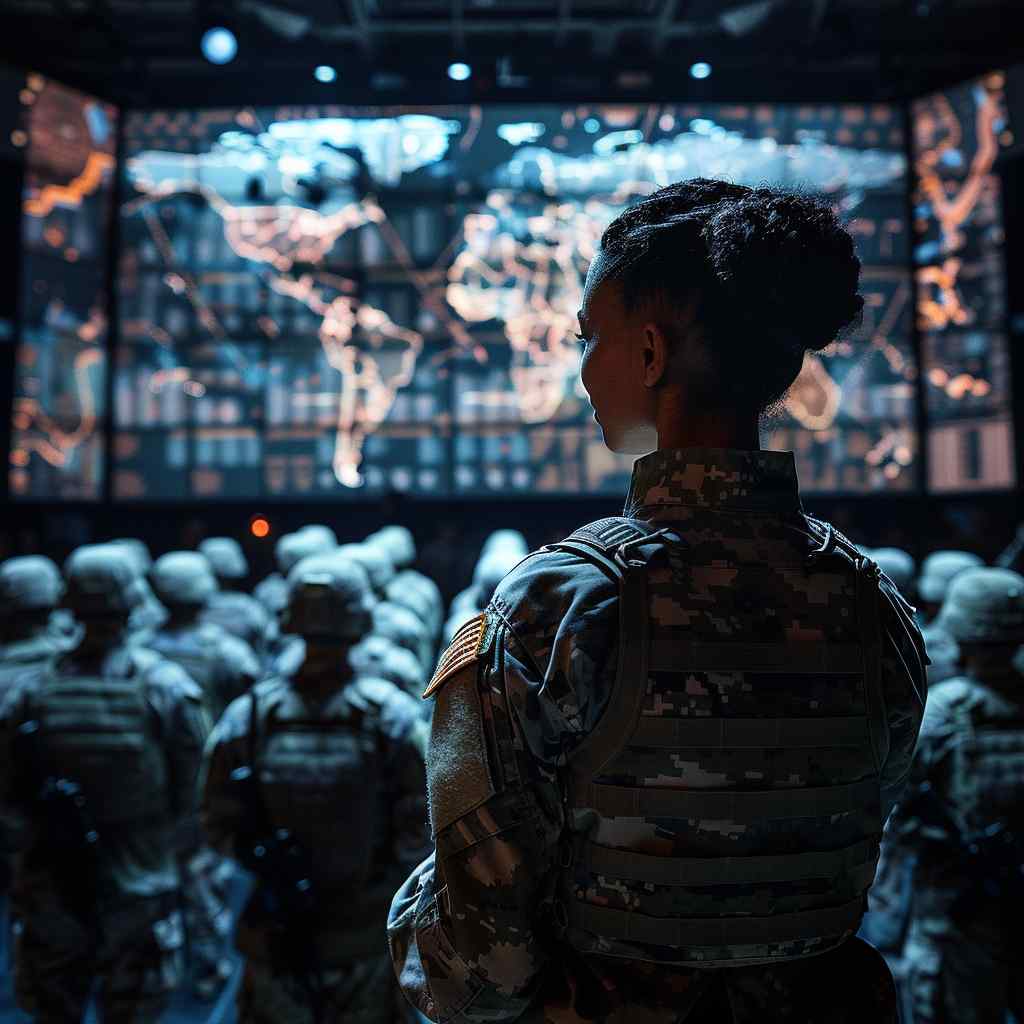
Autonomous vehicles are revolutionizing military decision-making by significantly accelerating response times on the battlefield. Equipped with AI algorithms and real-time data processing capabilities, these vehicles autonomously analyze complex situations and provide commanders with rapid, data-driven insights.
By swiftly assessing threats, terrain conditions, and mission parameters, they enable leaders to make informed decisions with unprecedented speed and accuracy. This enhanced decision-making capability not only improves operational agility, but also enhances overall mission effectiveness.
Greater Operational Tempo
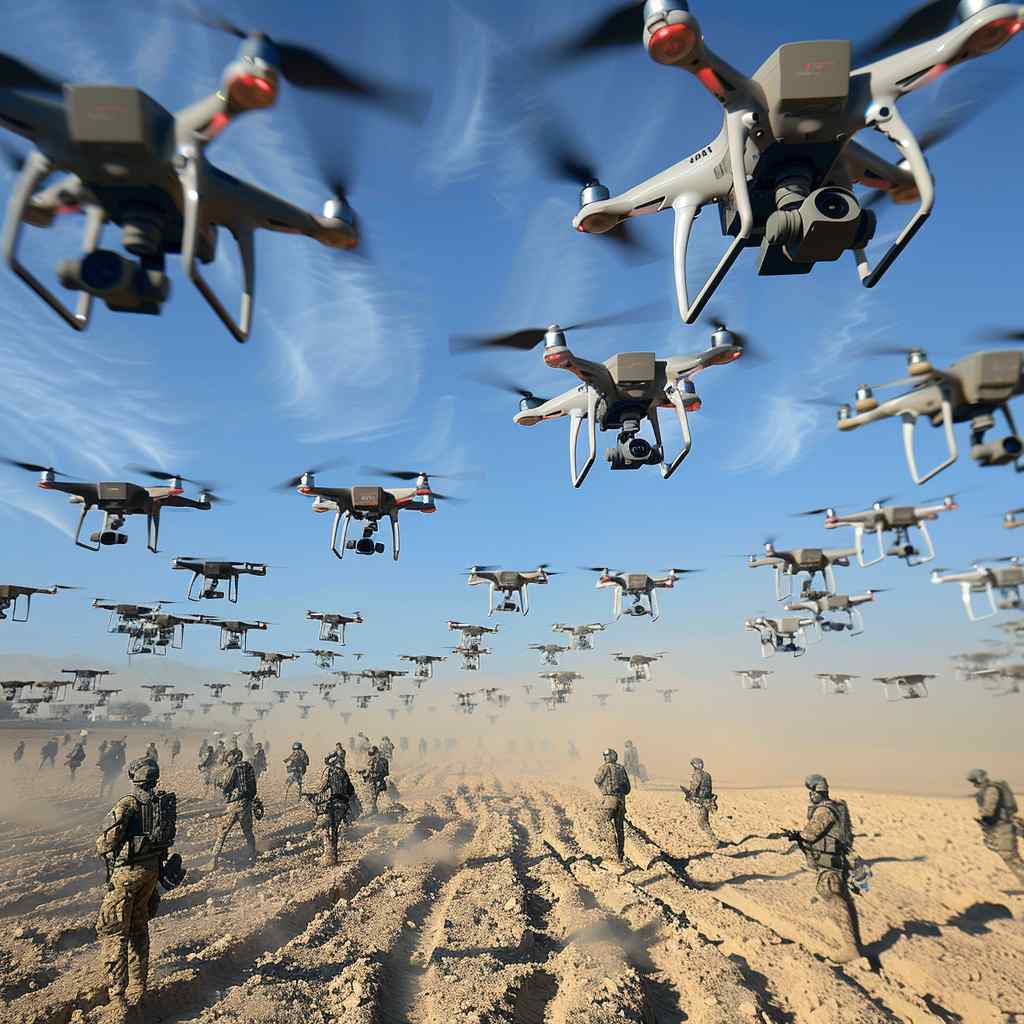
Autonomous vehicles are reshaping military operations by significantly increasing operational tempo on the battlefield. Equipped with advanced sensors and AI-driven decision-making capabilities, these vehicles streamline logistical movements, reconnaissance missions, and tactical maneuvers.
By autonomously executing tasks that traditionally require human intervention, they enhance the speed and efficiency of military operations. This heightened operational tempo allows commanders to deploy forces more rapidly, respond swiftly to changing battlefield conditions, and maintain sustained pressure on adversaries.
New Tactics and Strategies

Autonomous vehicles are driving innovation in military tactics and strategies, introducing new capabilities that reshape how America approaches warfare. These vehicles, equipped with AI for autonomous decision-making and advanced sensor suites, enable novel tactics such as swarming, where multiple vehicles coordinate seamlessly to overwhelm adversaries.
This approach not only enhances battlefield coordination but also diversifies combat engagements, offering commanders unprecedented flexibility in mission execution. Moreover, autonomous vehicles facilitate persistent surveillance and reconnaissance, enabling continuous monitoring of enemy movements and terrain without risking human lives.
Cyber Warfare Capabilities

Autonomous vehicles are expanding America's cyber warfare capabilities by integrating advanced cybersecurity measures into their operational framework. These vehicles leverage AI-driven defenses to autonomously detect and neutralize cyber threats targeting military networks and communications systems.
By incorporating robust encryption protocols and real-time threat analysis, they ensure secure data transmission and protection against cyber attacks during missions. Additionally, autonomous vehicles enable proactive cyber defense strategies, actively monitoring for anomalous activities and adapting responses in real-time to mitigate potential breaches.
Electronic Warfare Capabilities

The electronic warfare (EW) capabilities of autonomous vehicles are being enhanced by modern technologies that can identify and disrupt hostile communications and radar on their own. These vehicles employ advanced sensors and algorithms powered by artificial intelligence to disrupt enemy electronics, making it harder for them to communicate and coordinate.
By taking care of potentially hazardous EW duties autonomously, this capability does double duty: it increases tactical advantage and decreases operator risks. As technology develops, these vehicles will be essential for the United States to stay ahead in electronic warfare and conduct successful EW operations in hostile and ever-changing environments.
Intelligence, Surveillance, and Reconnaissance (ISR)
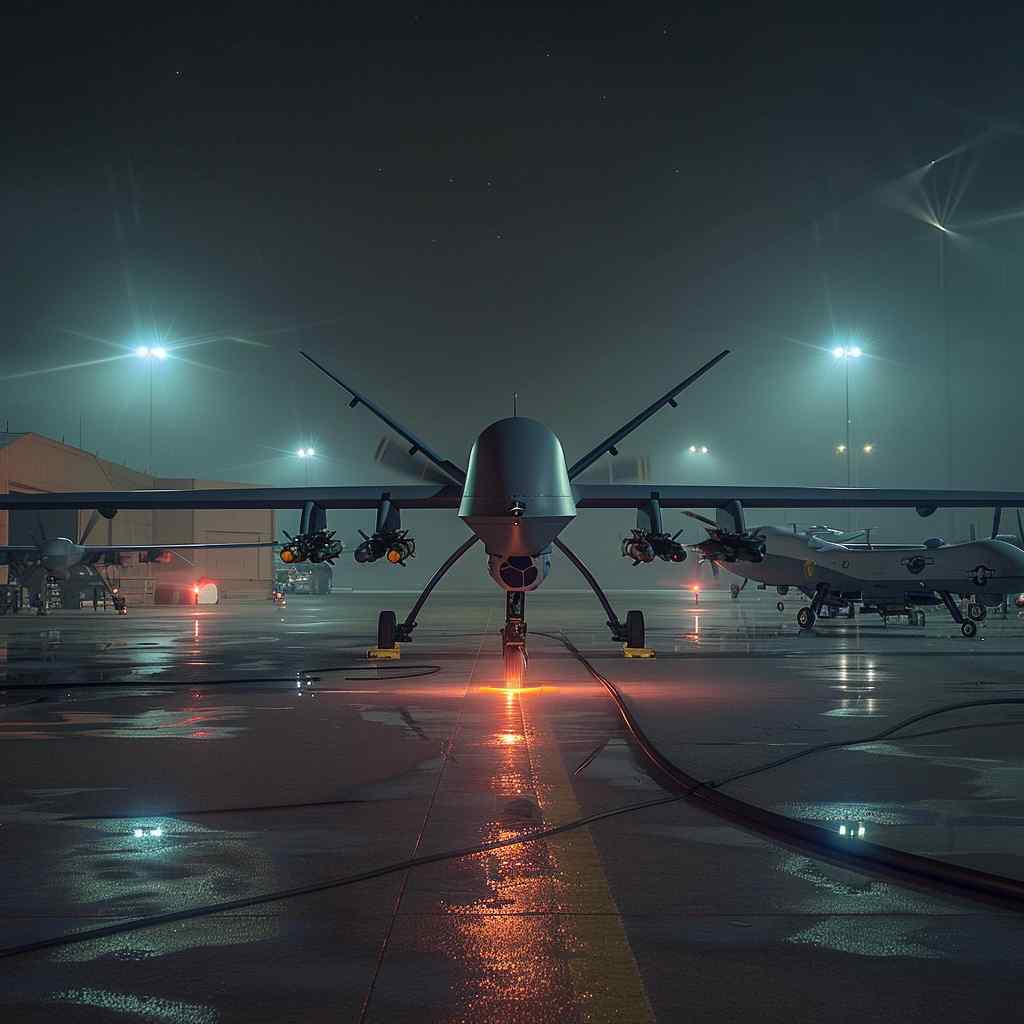
Intelligent sensor networks and AI algorithms integrated into autonomous vehicles are revolutionizing intelligence, surveillance, and reconnaissance (ISR) capabilities. These vehicles are always keeping watch on potential threats, detecting danger and tracking their movements.
They provide leaders intelligence which commanders may use to make quick decisions by gathering data and images autonomously in real-time. By reducing threats to personnel, this improved ISR capabilities increases situational awareness and operations planning.
Target Acquisition and Tracking
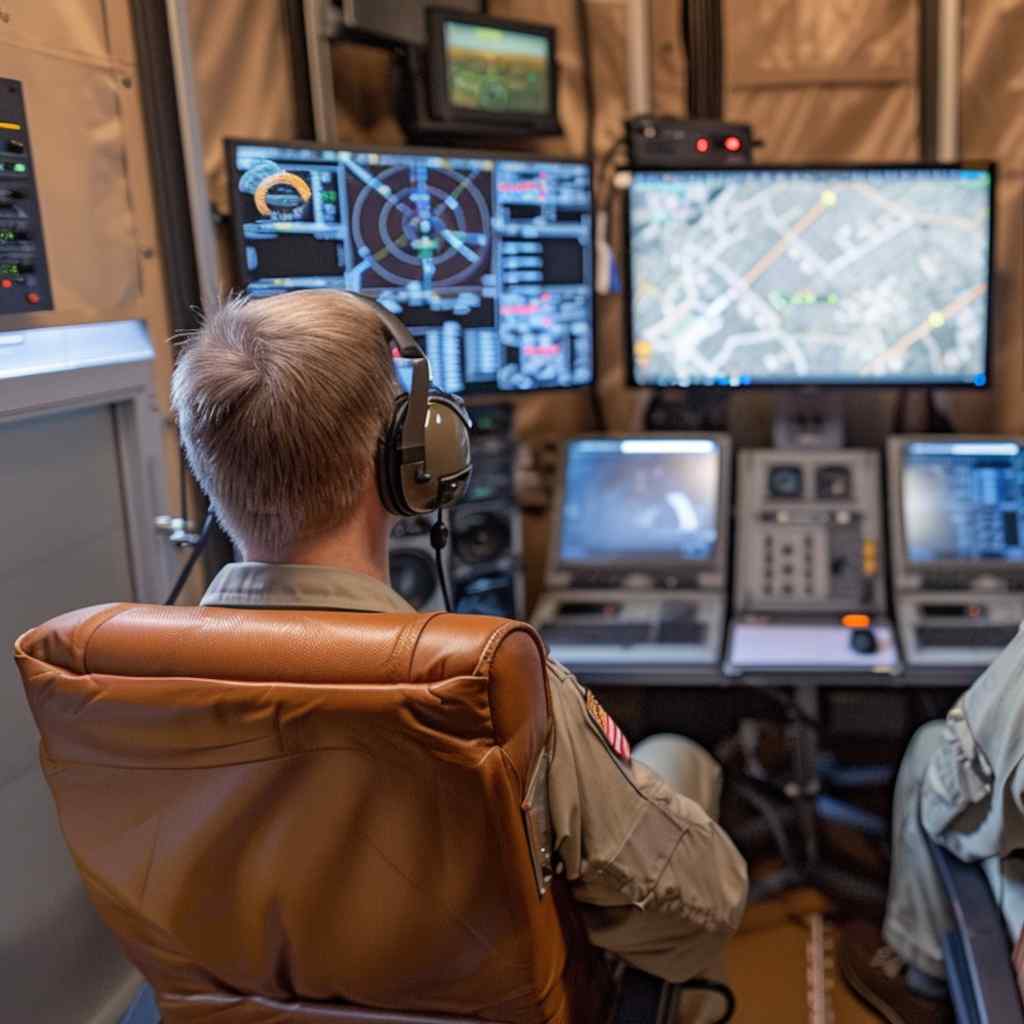
Target acquisition and tracking in modern warfare are being revolutionized by autonomous vehicles. These vehicles use advanced sensors such as radar, lidar, and cameras to detect and track targets with unprecedented accuracy and speed. Equipped with AI algorithms, they can quickly analyze data to distinguish between friendly forces, civilians, and potential threats, enhancing operational efficiency and minimizing civilian casualties.
By automating these critical tasks, autonomous vehicles allow military personnel to focus on strategic decision-making and mission execution, thereby increasing overall battlefield effectiveness. This technology represents a significant shift towards precision and safety in combat operations, ensuring that America maintains its edge in future conflicts.
Reconnaissance and Surveillance

Reconnaissance and surveillance capabilities are being transformed by autonomous vehicles, marking a pivotal advancement in modern warfare. These vehicles utilize a blend of sensors, including high-resolution cameras, thermal imaging, and even unmanned aerial vehicles (UAVs), to gather real-time intelligence across diverse terrains.
By autonomously navigating through challenging environments, they provide continuous surveillance without risking human lives. This capability enables rapid decision-making by commanders, facilitating preemptive strikes and enhancing situational awareness on the battlefield.
Mine Detection and Clearance

Autonomous vehicles are revolutionizing mine detection and clearance operations on the battlefield. Equipped with advanced sensors and AI algorithms, these vehicles can autonomously detect and classify various types of mines buried underground or hidden in vegetation.
By leveraging technologies such as ground-penetrating radar and electromagnetic induction, they ensure thorough and efficient scanning of potentially hazardous areas, minimizing risks to human demining teams. Autonomous mine clearance vehicles can also employ robotic arms and specialized tools to safely neutralize detected mines, further enhancing operational safety and speed.
Combat Search and Rescue
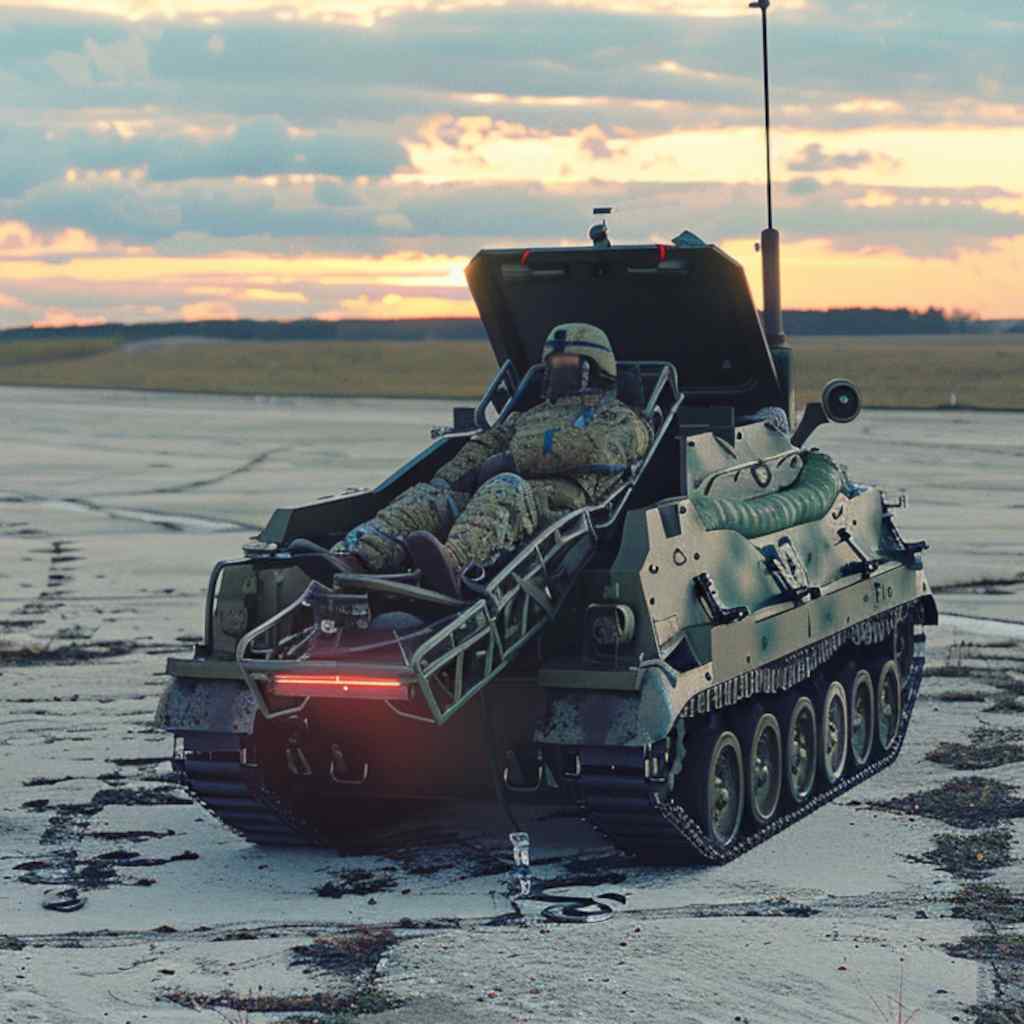
Autonomous vehicles are revolutionizing combat search and rescue (CSAR) operations by augmenting traditional capabilities with advanced technology. Equipped with sophisticated sensors and communication systems, these vehicles can swiftly locate and assess the status of downed pilots or stranded personnel in hostile environments.
Using AI-driven decision-making, they navigate through challenging terrains to reach isolated individuals, providing critical medical aid or extraction assistance. By autonomously coordinating with aerial and ground forces, these vehicles enhance the speed and precision of CSAR missions, minimizing the time between detection and rescue.
Increased Force & Civilian Protection

When it comes to protecting both the military and civilians from harm, autonomous vehicles are becoming indispensable. These autonomous vehicles can patrol and secure perimeters with the help of cutting-edge sensors that can process data in real-time, allowing them to detect and neutralize threats before they get worse.
Their uninterrupted and self-sufficient operation lessens the burden on human operators while enabling constant monitoring and rapid response to suspicious actions.
In addition, by reducing the likelihood of unintended consequences and making sure everyone follows the rules of engagement, autonomous vehicles help keep civilians safe.
 Author
Jennifer Freehill
Last Updated: June 25, 2025
Author
Jennifer Freehill
Last Updated: June 25, 2025